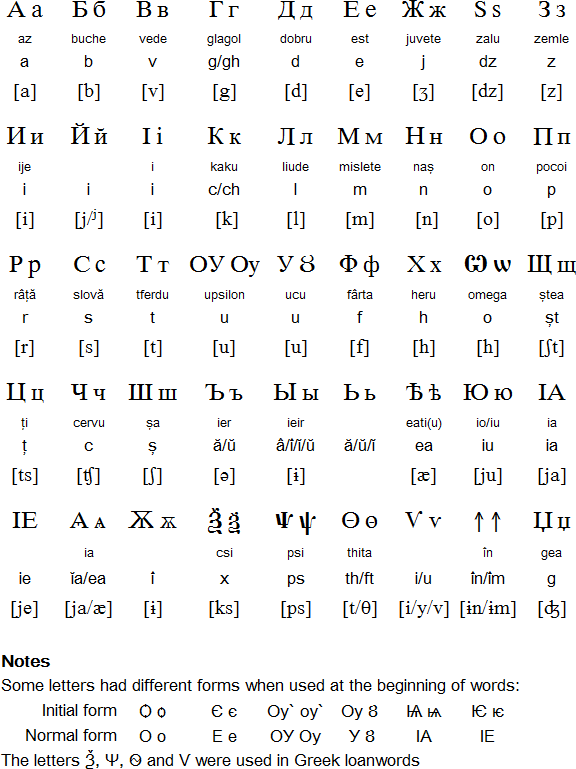Romani language
Romani (romani ćhib)
Romani, also known as Romany, is an Indo-Aryan language spoken by around 5-6 million Roma people in Europe and the United States. Turkey, Spain, and Romania have the most significant concentrations of Roma people. These individuals are commonly referred to as Gypsies in English. The Roma are supposed to have originated in northern India, specifically Punjabi,
and their language is closely connected to that region’s languages. Some individuals believe Romani is a collection of dialects, while others think numerous Romani languages are closely related. Around 1000 AD, Muslim conquests of the northern Indian subcontinent led to enormous population transfers, including the progenitors of the Roma, who are supposed to have gone to Anatolia.
Following the Mongol conquest of Europe in 1300, the Roma went west into Europe and adopted a nomadic lifestyle.
Written Romani
Even though Romani is primarily an oral language, some Roma does write in it. It is mainly written in the Latin alphabet, but it is also written in Greek, Cyrillic, Arabic, and Devanagari. Romani was initially documented in the 16th century when non-Romani academics such as Andrew Borde compiled word lists. Since then, specific orthographic standards have evolved, but no entirely uniform spelling system has arisen.
Romani Pan-Vlax alphabet
This alphabet is used in linguists’ work about Romani languages. It reflects a set of orthographical techniques with a common core of shared graphemes and some divergence in a few areas.
Romany Language Facts:
Romany is the vernacular of the Roma and Sinti, nomadic peoples known as “gypsies” in English and “tzigane” in Eastern and Central Europe. Their language is part of the Indo-Aryan branch of the Indo-European language family, and they originated in northern India and portions of Pakistan. The Romany language has been closely linked to the languages spoken in north India,
mainly Hindi and Punjabi. This linguistic link is said to reveal the original geographical origins of the Roma and Sinti. The path of Romany migration west may be traced thanks to loanwords. The Romany language is closely related to northern Indian languages such as Hindi and Punjabi.
This language relationship is thought to show the Roma and Sinti ancient geographical roots. Loanwords can be used to track the Romany movement westward. The Romany language is a series of related languages that all belong to the same genetic grouping. Variants of the language are sometimes categorized as dialects since they are just now being codified in countries with large Roma populations (for example, Slovakia).
What language does Romani Gypsy speak?
Romani (Romani hib) is a Romani ethnic group. Romani, also known as Romany, is an Indo-Aryan language spoken by around 5-6 million Roma people in Europe and the United States. Turkey, Spain, and Romania have the most significant concentrations of Roma people. These individuals are commonly referred to as Gypsies in English.
What is the Rokker language?
However, few people would realize that their roots are in a Romany Gypsy dialect from the 16th century still spoken by sure travelers today. Despite its usage in this case for the criminal plot, the lingo, frequently referred to as “rokker” from the Romany verb “to chat,” is an essential aspect of Gypsy identity.
Status
- US
- The number of Gypsies in the United States is unknown due to a lack of census statistics. According to most estimates, between 200,000 and 500,000 members of various Gypsy communities are dispersed over the country. They are more likely to reside in impoverished metropolitan areas and hide their ethnicity to escape prejudice.
- Europe
- Gypsies, like Jews, were targeted by the Nazis for persecution and extermination during the Holocaust. Since Romania and Bulgaria entered the European Union, Romani has become the largest minority language in the EU. Romani is used sparingly in official papers, education, and the media in certain European nations. Spain has a substantial population of Gitanos or Gypsies. Most people now speak a hybrid language called Caló instead of Romani.
Dialects
The enormous diversity of regional Romani dialects can be attributed to several factors: (1) There is no single community of Romani speakers, and the speakers are not all in contact with one another; a variety of local languages influences (2) Romani because it is spoken in many different countries and locations, and (3) There is no single language or prestige dialect of Romani to unify its diverse dialects.
The Manchester Romani Project has established an interactive database and maps of Romani dialects. The distinction between Vlax (from Vlach) and non-Vlax dialects is commonly found. Vlachs are Roma who has resided in Romania for millennia. Vlax is distinguished by a considerable number of vocabulary borrowings from Romanian. The most significant number of Romani speakers are found among Vlax-speaking tribes. Caló in Spain, Lomavren in Armenia, and Angloromani in the United Kingdom are examples of hybrid languages spoken by Roma.
Grammar
Romani is one of the most traditional Indo-Aryan languages. It has kept several nouns and verb grammatical characteristics that have subsequently vanished in most other Indo-Aryan languages.
As a result, the structure of Romani has been heavily influenced by other languages. For example, Greek had a significant influence on Romani syntax, resulting in a proposed definite article and a change from the Indo-Aryan word order of Subject-Object-Verb to the European word order Subject-Verb-Object.
Vocabulary
Romani has a core vocabulary that includes terms from various Indo-Aryan languages. When Roma’s nomadic ancestors left their homeland and began their long trek westward more than a thousand years ago, they frequently stopped in regions where they came into intimate contact with people who spoke various languages for extended periods. These languages provided the Roma with vocabulary and even grammatical structures. Words with Persian and Greek origins, for example, may be found in all Romani dialects.
To Read more article, just click on: https://24x7offshoring.com/blog/



